Calosoma (Callisthenes) ewersmanni (Chaudoir, 1850)
Callisthenes Ewersmanni Chaudoir, 1850: 157 (described from: Anatolie près de Jokat) (= Tokat) original material: 10 specimens in coll. Chaudoir; lectotype ♂ (no locality label) designated by Deuve (1978: 250) in Muséum National d'Histoire Naturelle, Paris [examined]
Callisthenes Persicus Gehin, 1885: 68, note 73 (from: Perse) unspecified number of specimens, no repository given; lectotype ♀ (Arménie Persane) designated by Deuve (1978: 253) in Muséum National d'Histoire Naturelle, Paris [examined]
Calosoma (Callisthenes) eversmanni, Breuning, 1928: 72
Calosoma (Callisthenes) eversmanni persicum, Breuning, 1928: 72
Callisthenes (Isocallia) breviuscula eversmanni, Lapouge, 1931: 373
Callisthenes panderi substriatus persicus, Lapouge, 1932: 375
Callisthenes eversmanni, Jeannel, 1940: 188
Callisthenes adehinotus Lassalle, 1992: 305 (type locality: Bingol), holotype ♂ in coll. Lassalle
Calosoma (Callisthenes) pesarinii Heinz & Pavesi, 1994: 5 (type locality: Çorum, Mt. Elmali), holotype ♂ in coll. Heinz
Calosoma (Callisthenes) peksi Heinz & Pavesi, 1994: 6 (type locality: Izmir), Boz-Dag, holotype ♂ in coll. Heinz
Callisthenes eversmanni, Obydov, 2002: 84
Callisthenes eversmanni persicus, Obydov, 2002: 84
Callisthenes eversmanni pesarinii, Obydov 2002: 85
Callisthenes eversmanni adehinotus, Obydov, 2002,: 86
Callisthenes eversmanni peksi, Obydov, 2002: 86
Calosoma (Callisthenes) ewersmanni, Bousquet & al., 2003: 118
Callisthenes ewersmanni, Lorenz, 2005: 71
Length 19-27 mm. C. ewersmanni quite resembles to C. breviusculum but it is easily distinguishable because of its pronotum having only slightly elevated lateral margin with moderately pronounced basal dimples and with rear lobes broadly rounded, just protruding from the base line. It is also important to consider the sculpture of elytra that is characterized by coarse graininess, never so fine as in C. breviusculum, with primary intervals barely distinguishable by sparse foveae.
A moderate variability of C. ewersmanni has led to the description at species level of some of its populations: C. persicum (Gehin, 1885) with a golden green color and a stronger sculpture; C. pesarinii (Heinz & Pavesi, 1994) with greenish reflections on elytra and pronotum; C. peksi (Heinz & Pavesi, 1994) with less raised sculpture, C. adehinotus (Lassalle, 1992) with an even more flattened sculpture.
All the populations of what we consider the cluster of C. ewersmanni can be found in isolated stations of central northern Turkey, from Aegean coast (Izmir) up to Kurdistan (Lake Van), where its distribution area partially overlaps that of C. breviusculum.
There is some vague indication concerning the presence of C. ewersmanni in Iran. A possible penetration into Golestan at Gonbad (Ghahari & al 2009: 439) deserves confirmation, while the label Sarkhun, Bandar Abbas, that accompanied a specimen for sale on Ebay in 2022, is probably the result of an error. As for the presence of the species in the Syrian Anti-Lebanon mountains (http://carabidae.org/), there are actually two specimens labelled Palestine in Steinhardt Museum of Natural History, Tel Aviv, but most likely they are mislabelled (Assmann et al., 2020: 140).
Examined specimens and literature’s data
Turkey. Izmir, Boz-dag 1500/1700m. (sub C. peksi, SB); Anatolien (SB); Tokat (type, NMHN); Çorum, Mt. Elmali (holotype of C. pesarinii, Heinz & Pavesi, 1994: 5); Ankara-Yenimahalle (Tezcan & al., 2018: 549); Samsun, Ankara, Eskisehir: Bos dagh (Breuning, 1928b: 73), Amasya (EM; SB), Tokat (holotype of C. ewersmanni, MNHN), Merzifon (SB); Afiun-Karahissar (Afyon) (EM); Tuz Gölü, Aksaray, Sivas: Hafik (Heinz & Pavesi, 1994: 10); Bingol 1200m. (sub C. adehinotus SB); Tunceli: Tunceli (NMP), Karaoglan (sub C. persicum Heinz & Pavesi, 1994: 9); Elazığ: Yeniköy near Karakoçan 1200 m (sub C. eversmanni persicum NMB, SB), Dyarbakir (sub C. eversmanni persicum Breuning, 1928b: 72).
Notes: Brachypterous. It lives on the Anatolia's plateau around 1200 - 1700m. altitude. Adults have been mostly collected in April - May.
The species was described as Callisthenes Ewersmanni because dedicated to the German naturalist Alexander Eduard Friedrich Ewersmann (1794-1860) whose name, however, used to be commonly written Eversmann, except for some citations in Russian literature. The taxon has been therefore mostly erroneously cited as C. eversmanni.
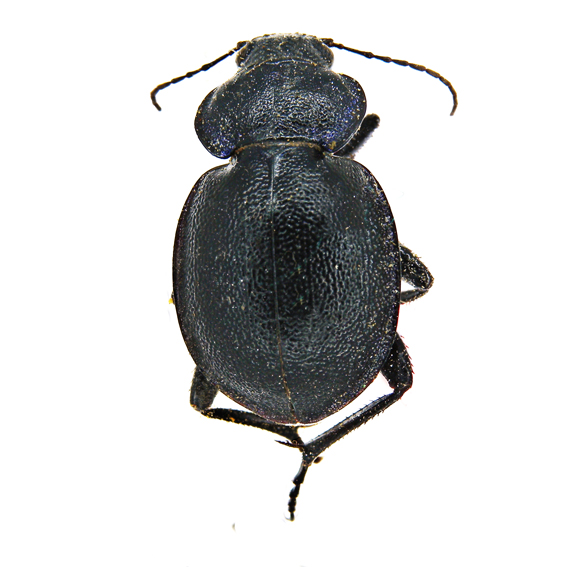 (Chaudoir, 1850) (Tokat?) (lectotype of Calosoma ewersmanni Chaudoir, 1850) (Muséum National d'Histoire Naturelle, Paris) |
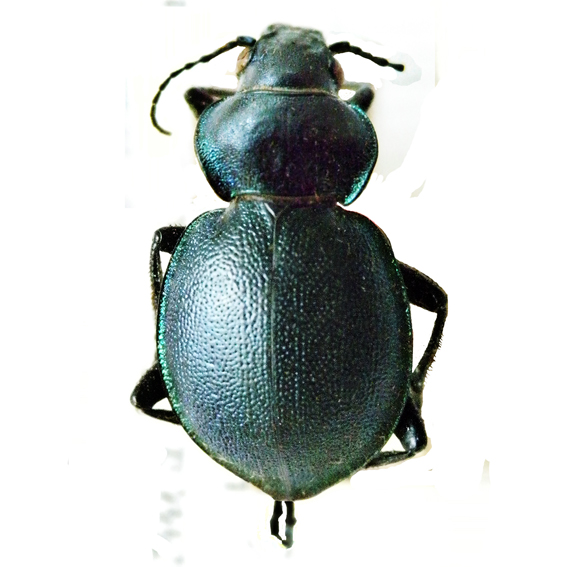 (Chaudoir, 1850) Arménie Persane (lectotype of Calosoma persicum Gehin, 1885) (Muséum National d'Histoire Naturelle, Paris) |
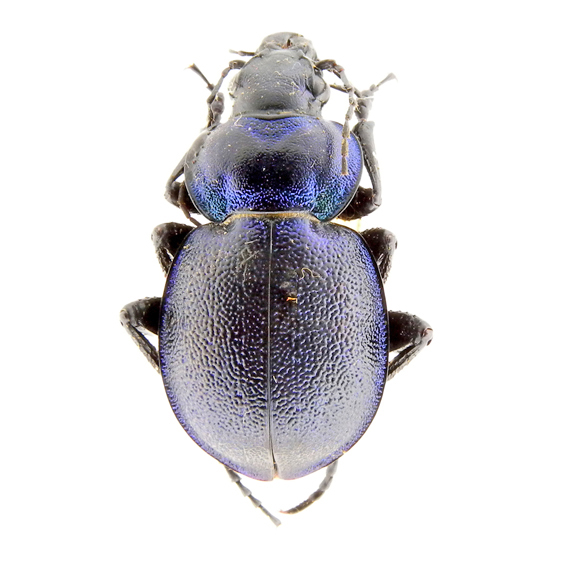 (Chaudoir, 1850) Turkey: Anatolien (ex collection Najar, Négre) |
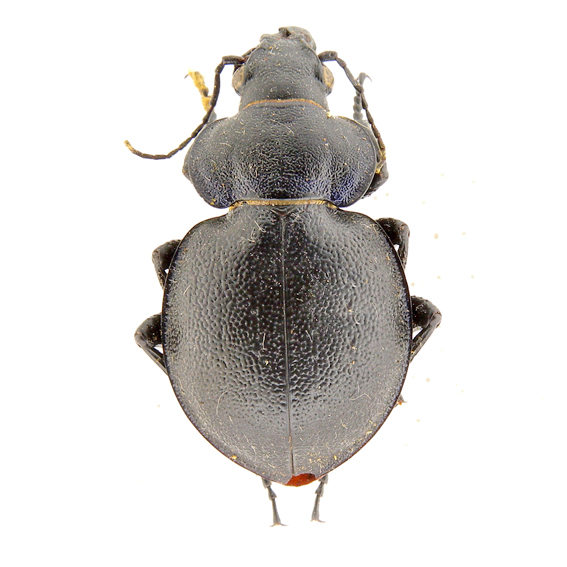 (Chaudoir, 1850) Turkey: Amasia, Asia min. sept. |
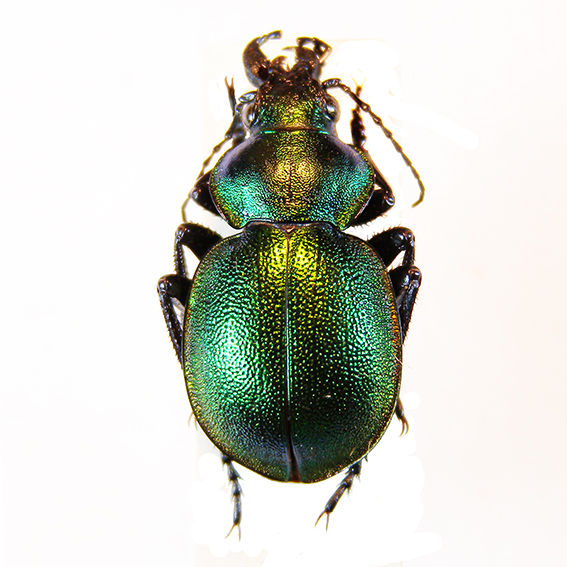 (Chaudoir, 1850) Turkey. Elazığ prov.: Yeniköy near Karakoçan, 1200 m. 19.IV.1981 Heinz lgt. (sub Calosoma (Callisthenes) eversmanni persicum Gehin, 1885) |
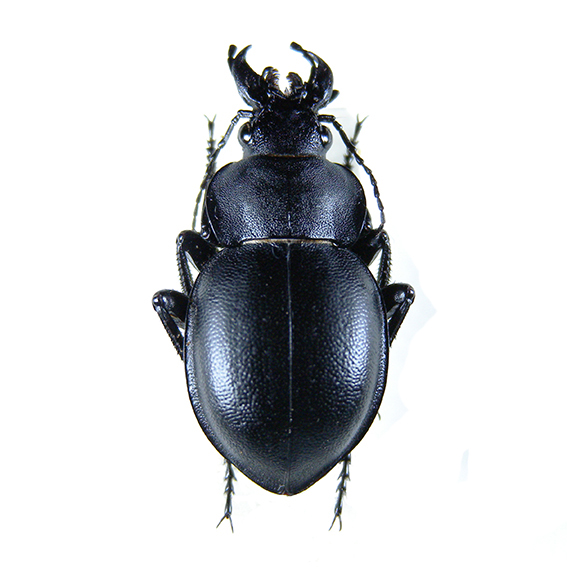 (Chaudoir, 1850) Turkey. Izmir prov. Bozdag Köy, Boz-dag 1500/1700m. 02-03.V.1996 (sub Calosoma (Callisthenes) eversmanni peksi Heinz & Pavesi, 1994) |
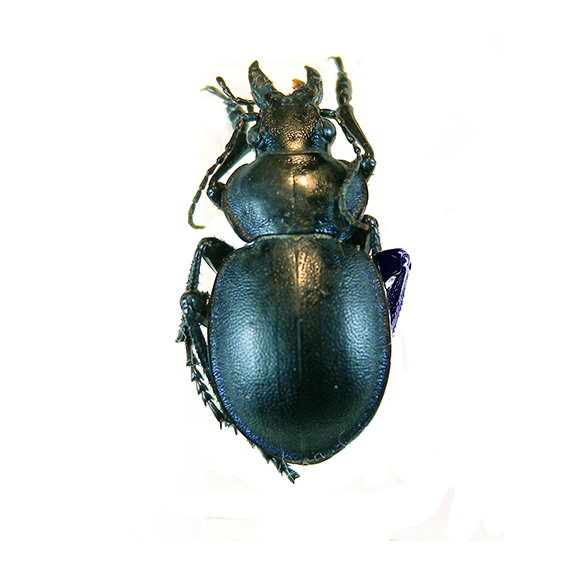 Chaudoir, 1850 Turkey: Anatolie s.e, env. Bingol 1200m. V.1988, Lassalle, (paratype Callisthenes adehinotus Lassalle, 1992) |
 Chaudoir, 1850 Turkey: Anatolie s.e, env. Bingol 1200m. V.1988, Lassalle, (paratype Callisthenes adehinotus Lassalle, 1992) |